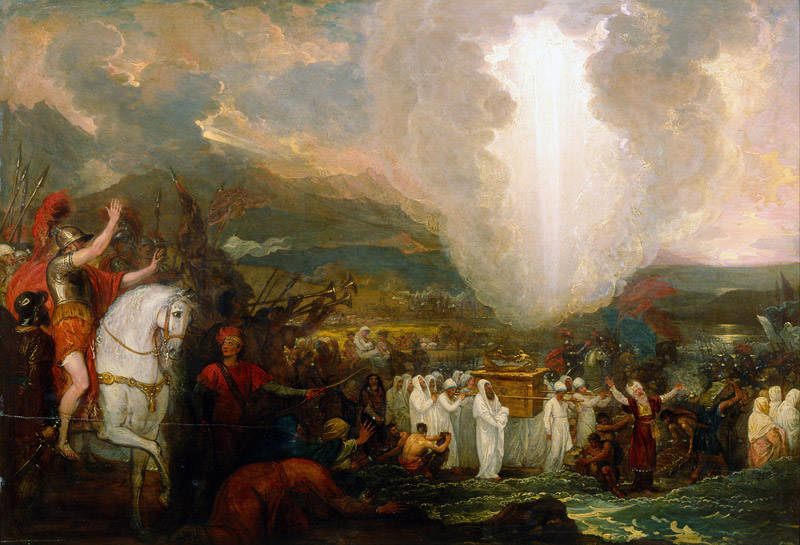
As Lent gives way to Easter, the décor of our churches changes. Gone are the stark colors and sparse decorations and in come flowers and brighter color. While the flowers wilt, one constant throughout the Easter Season is the great paschal candle.
The paschal candle normally remains at the baptismal font and is placed near the remains of a Christian whose funeral is being celebrated. During the 50-day Easter celebration the candle is displayed prominently in the sanctuary, normally next to the ambo from which the Word of God is proclaimed.
The paschal candle is the largest of the candles used in liturgical worship and its symbolism is full of meaning. It is first lit from the great Easter fire prepared before the Easter Vigil. A blessing is called down upon the fire asking that the hearts of all believers be inflamed with “heavenly desires.”
After a cross is cut into the edge of the candle, the Greek alphabetical letters Alpha and Omega are traced above and below the vertical cross beam. Then the anno domini is writ¬ten around the cross: 2-0-1-5. Finally five nails, called “incense grains” are inserted into the candle, representing the five wounds of Christ.
The candle is then lit and carried into a darkened church to three repetitions of, “Lumen Christi,” “the Light of Christ.” After the candle is placed into its impressive stand, a priest, deacon, or cantor tell the congregation what the big fuss is all about. The “Exsultet,” a hymn of praise sing in honor of the candle, is chanted.
It is in the Exsultet that the mean¬ing of the candle is made eloquently clear. The candle represents the light of the true Passover, not from one city to another as of old, but from death to life. The hymn reminds believers that Easter is the true feast of Passover, the very same on which the Lord lead the Israelites from slavery into freedom.
The candle is called the “pillar of fire.” The Old Testament accounts of the Exodus event do reveal that a pillar of fire led the Israelites through the desert. Exodus 13 says, “the Lord preceded them, in the daytime by means of a column of cloud to show them the way, and at night by means of a column of fire to give them light.” It was this column that helped the Israelites cross the Red Sea.
This column of fire is praised throughout the Old Testament writ¬ings as the surest sign of God’s presence with His chosen people. Each Easter this is renewed for those who wish to follow Christ through the true exodus in this world into the true Promised Land of heaven.
The Easter candle is one of the most ancient Christian symbols. The Light of Christ, who is the Alpha, Omega, beginning and end, never goes outdated. Every age needs hope and the resurrection will never grow stale. God’s love reaches every corner of this world and through every year of our lives.

